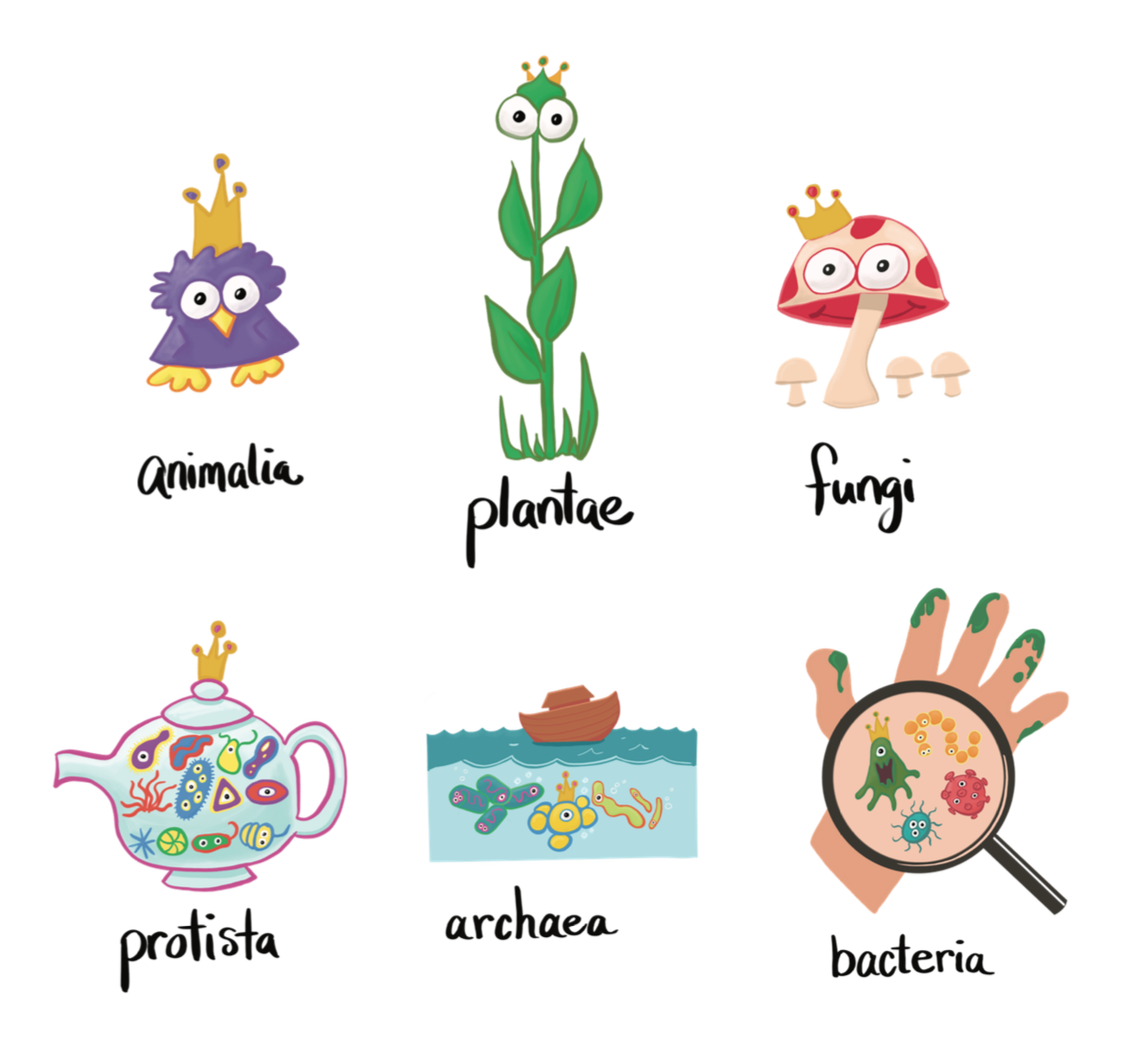Two types of two-parent reproduction (sexual) and two types of one parent reproduction (aseuxual) are seen in animals. It seems crazy to think that animals can reproduce with only one parent, but with more simple creatures like worms and jellyfish, it happens!
Download the PDF for more a simple memory poster, fun facts and a quiz!
Two-parents Reproduction
Two parent reproduction ensures genetic variation in each new offspring. This makes for unique traits of each young, and allows for greater protection from disease. However the animals must find a mate in order to have new babies. The two types of two-parent reproduction are live birth and eggs.
Birds are the first thing I think of when I think of animals laying eggs. But many other animals lay eggs, too. Reptiles, Amphibians, Fish, and many invertebrates lay eggs. In fact, only Mammals give live birth!
One-Parent Reproduction
Most animals that reproduce asexually are simple creatures like invertebrates, like worms, jellyfish, and sea stars. Fragmentation and Budding can also be called cloning, because the offspring are identical to the parents. The advantage to asexual reproduction is that these animals can reproduce even if they cannot find a mate. However the offspring that are created have identical genetic information as the parent, and therefore one disease can kill off an entire population of cloned animals. They can also reproduce much quicker, but that means they can easily overpopulate and compete for resources.
These fascinating methods of reproduction make for some fascinating animal baby stories. Enjoy the PDF for more info!





